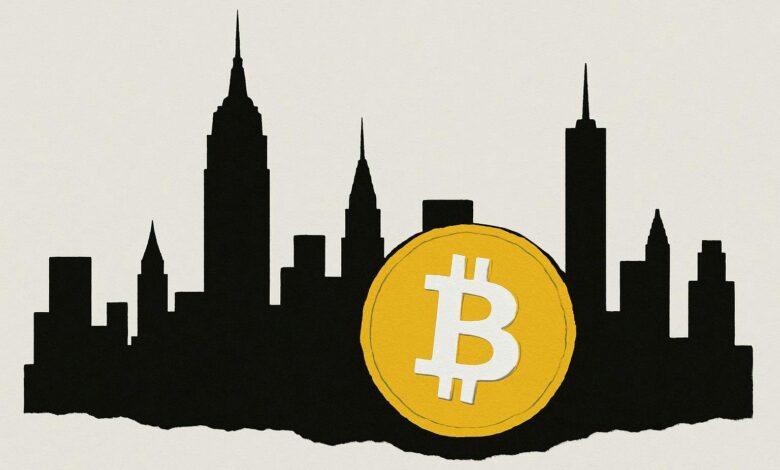Mixed Signals From US Financials, Real Estate, And Crypto

What’s going on here?
US financial stocks gave mixed results last week, real estate data surprised to the upside, and bitcoin pushed higher – all while investors tried to make sense of clashing signals from bonds to banks.
What does this mean?
Financials reflected a split mood: the NYSE Financial Index edged down 0.1%, but the Financial Select Sector SPDR Fund managed a slight gain. Real estate painted a complex picture too, with the Philadelphia Housing Index inching up and the Real Estate Select Sector SPDR dipping, even as US pending home sales unexpectedly jumped 4% in August – blowing past Bloomberg’s flat forecast. Softer 10-year US Treasury yields, now at 4.14%, left investors thinking rates may fall further. Meanwhile, bitcoin’s 3% surge to $113,918 showed crypto’s appetite for risk is still strong. Standout moves included Blackstone’s $2.3 billion buy of French warehouses, M&T Bank’s downgrade on weaker prospects if rates slip, and Apollo’s fresh bet on sports assets.
Why should I care?
For markets: Reading momentum in a market full of mixed signals.
It’s tough to call a clear winner these days: financial shares are directionless, bond yields are dipping as rate expectations shift, and crypto is still climbing. Big investment plays – like Blackstone snapping up warehouses or Apollo jumping into sports – suggest some are leaning into growth, while banks like M&T face fresh headwinds if rates keep dropping. With so many signals crossing, most investors are waiting on the sidelines for the next big catalyst.
The bigger picture: Economic surprises are resetting the global playbook.
A jump in pending home sales signals there’s still real demand, even if housing stocks aren’t soaring. At the same time, with regulators calling for market-driven reporting standards and big investors diversifying globally, the rules of the game may be changing. The churn across stocks, bonds, crypto, and real assets hints at an investment landscape that’s shifting in real time – and that could mean more surprises ahead as economies and policies keep evolving.
Credit: Source link






